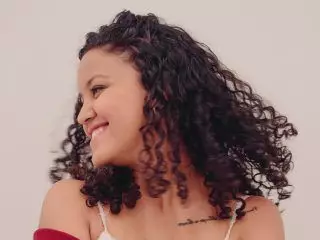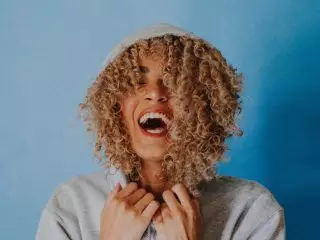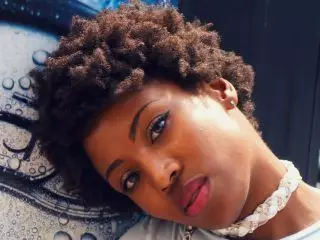
How do you choose your shampoo? I choose it according to the benefits it provides to me. For example, I have dry hair and sensitive scalp, thus I need something that will moisturize my hair from the inside without irritating my skin. But I also have wavy-curly hair! So, I want a product that will handle the hair frizz and “sculpt” my curls. Sadly, when I combine those three criteria, my choices for shampoos and conditioners are very limited.
Here, you will find information about the different hair types in terms of texture, and in the end, you will be able to identify your OWN type! And if you are searching for more detailed hair type explanation, you can check our article “Identify your hair type“.
Now let’s get started!
Hair texture
The texture of the hair, or in other words, the natural form of the hair. You may have a combination of several textures, and not just 1! And that is totally normal! To classify your hair by its texture, here are some guidelines:
4 types of hair textures exist: type 1, 2, 3, 4. Surprising, huh? Well, all of those types also have sub-types, to specify and categorize your hair better. Let’s see them.
Straight

It has no wavy, nor frizzy parts (even after you leave it to air dry). If you have straight hair you can style it very easily and even if you sleep with your hair free, you won’t see any wavy or messy hairs in the morning. One problem, which you may face is the fact that the hair lacks volume because the gravity pulls it straight down. This type has no sub-types.
Wavy
Wavy-swavy

Slight waves characterize this type of hair. In most of the cases people who have this type of hair, think that they have Type 1 hair because the waves are formed only in some parts of the hair and all the other sections are straight. If you have hair 2A, you may experience some frizz at the hair ends, yet your roots may often lack volume.
Wavy-curly

It has defined waves starting from the ears down to the ends of the hair. The waves are shaped like “S” or look like loose curls. There may be some straight sections or hairs that cannot form a proper wave. The ends are often frizzy if are not styles well.
Wavy-whirly

The waves are very defined, starting from the roots. They look more like loose curls than “S” shapes. This type of hair is prone to frizzing if not styles properly, yet it has volume.
Curly
Curly-twirly

This type of hair is not 100% curly, yet not wavy. It is voluminous but may have a combination of textures, for example, a combination of type 2C and 3B. The main curls are well-shaped “S.” It is prone to frizz.
Curly-springy

It has smaller curls from the roots to the ends, which are shaped like corkscrews. The hair is voluminous, yet often frizzy.
Curly coily

This hair type is very dense. The curls are small, therefore the hair shrinks in length. The curls look like a tight corkscrew and are extremely defined. Thus you can easily avoid frizz by using suitable products.
Coily
Coily springy

Very tight, small, voluminous curls, which shrink the length. The hair sections, which form the curls, are so small that often the hair looks frizzy, even though the hairs are defined.
Coily-crimpy

This type of hair is shaped more like “Z.” The curls are usually very fine and tight.
Coily-ziggly

The curls are shaped like “Z,” they are not defined but shrink the hair length. Because the hairs are so tight, this hair is often not frizzy at all, but more “fluffy.”
The straight hair is very predictable, yet if you have hair from the types 2,3 or 4, you know that every day the hair is different, depending on the weather, products, wash, etc. Throughout your life, the type of your hair may change multiple times, due to various factors:
- Age
- Puberty
- Pregnancy
- Hormonal changes
- Diets
- Weight changes
- Hair treatment (bleaching, dying, straightening, curling)

